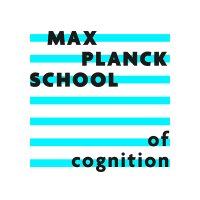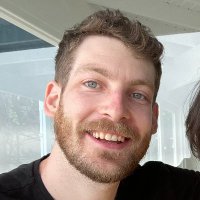
Yannick Becker (@ybecker.bsky.social)
@yannickbecker7
PhD | Now freezing in fantastic Leipzig (@MPI_CBS, @FriedericiLab). Interested in language and primate brain evolution | neuroanatomy | art | music
ID: 1336712601376534536
https://yannickbecker.weebly.com 09-12-2020 16:41:40
437 Tweet
382 Followers
524 Following

2 scholarships for international applicants only! With Mind and Brain we jointly offer 2 four-year doctoral scholarships. These doctoral positions will be funded by the DAAD. More Infos here: mind-and-brain.de/doctoral-progr…






